Message from the Editors
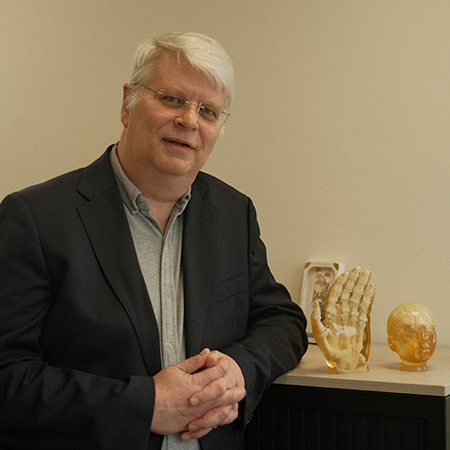
Humanitarian engineering is redefining how technology serves communities in need. In this issue, we explore the Human Side of Technology, highlighting how innovation and engineering address global challenges. From advanced manufacturing and biosensors to medical rehabilitation and robotics; we share stories of solutions enhancing healthcare, disaster response, accessibility, and education—showcasing technology’s transformative role in resilience, equity, and inclusion.
Featured
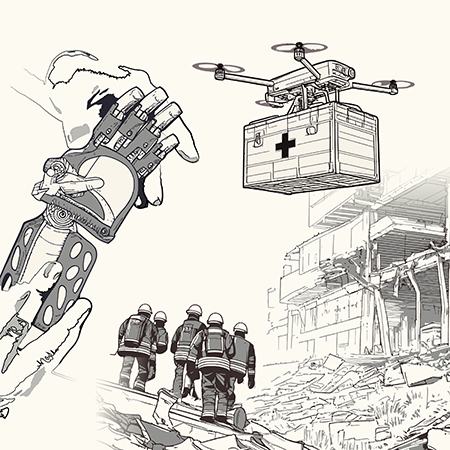
Transforming humanitarian efforts in conflict zones with advanced manufacturing technologies
Advanced manufacturing technologies are transforming humanitarian aid in conflict zones and disaster areas. From 3D printing medical supplies to drones delivering essential goods; these innovations provide rapid, cost-effective solutions where traditional methods fail. Through cross-sector collaboration and cutting-edge production methods, they are enhancing emergency response and improving support for vulnerable communities across the globe.
Lessons Learned
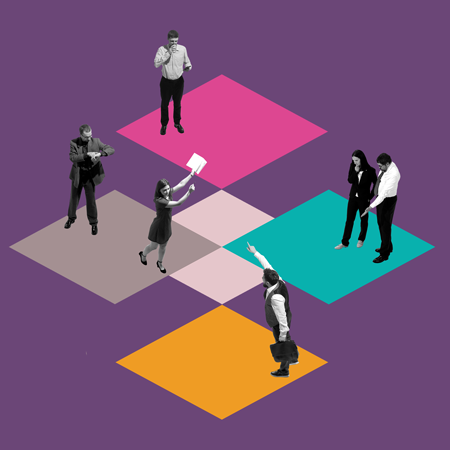
Insights for marketers and business leaders
By embracing good failures as opportunities for growth, marketers and business leaders in advanced manufacturing can draw valuable lessons from humanitarian engineering. Understanding cultural sensitivity, adaptability, and collaboration provides practical insights into tailoring strategies, fostering innovation through iteration, and building partnerships for sustainable and impactful success.
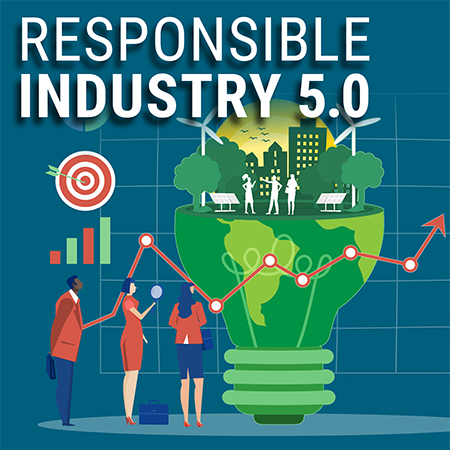
Leadership and Organizational Culture in Manufacturing
Industry 5.0 goes beyond automation, combining people, technology, and sustainability in manufacturing. SMEs need digital leadership, data skills, and cultural shifts to improve resilience, fairness, and sustainability. A data-driven mindset helps businesses tackle challenges and use resources wisely. Pauline Weritz, assistant professor at UT’s BMS faculty, shares insights on how this approach shapes manufacturing’s future.
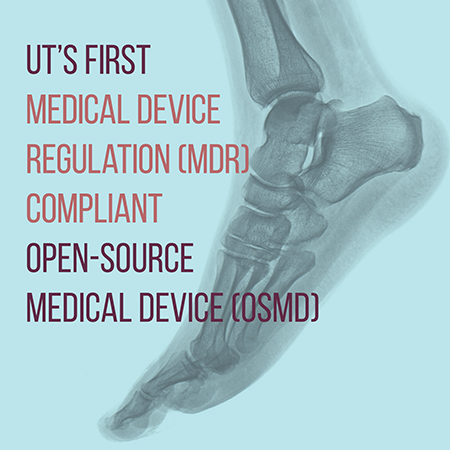
UT’s first Medical Device Regulation (MDR) compliant open-source medical device (OSMD)
Medical devices often face long and costly market entry barriers. The University of Twente presents its first Medical Device Regulation (MDR)-compliant open-source medical device—a 3D foot plate for complex hindfoot pathology. Designed for easy, low-cost manufacturing, it improves accessibility for clinicians worldwide. This initiative explores alternative approaches to medical device development through open-source innovation.
Sustainability
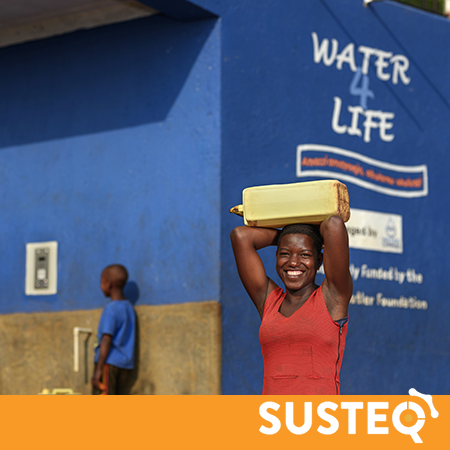
Manufacturing beyond efficiency
Access to safe water remains a global challenge, but innovation is making a difference. Susteq, a Dutch company, develops prepaid water ATMs that provide affordable, reliable water access in underserved regions. With smart technology, real-time monitoring, and sustainable design, their solution empowers communities while ensuring long-term water security. Discover how engineering is revolutionising water accessibility.
AMC NU
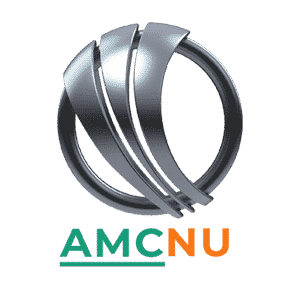
AMC NU
Read more about what’s happening with the Circular Manufacturing Program and our Advanced Manufacturing Centre, and discover the many innovation topics we can help you with to support your business.
Technology & Innovation
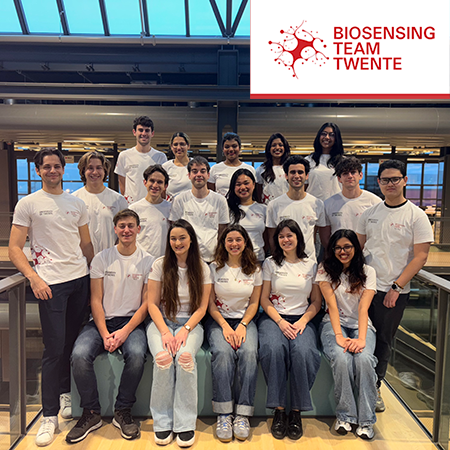
Small Tech, Big Impact
The Biosensing Team Twente is pushing the boundaries of biosensor technology, developing innovative, cost-effective solutions for real-world healthcare challenges. Through multidisciplinary collaboration and participation in the SensUs international competition, they create innovative biosensors that enhance diagnostics and patient care. Learn how this student team is shaping the future of biosensing and advancing medical technology through research and innovation.
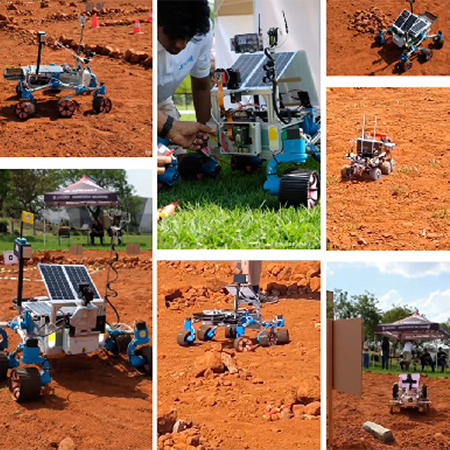
Igniting Innovation
Cars4Mars is inspiring Africa’s next generation of engineers through robotics competitions. Students design and build Mars rover prototypes, gaining hands-on experience in STEM, problem-solving, and teamwork. The competition encourages innovation and equips young talent for future careers in technology. As teams gear up for the 2025 challenge, they showcase the potential of Africa’s youth in shaping the future of technology.
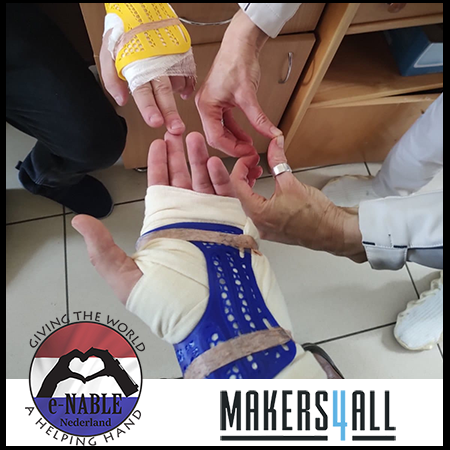
Building Hope One Layer At A Time
3D printing is transforming humanitarian aid, providing low-cost prosthetics and medical support tools. Dutch non-profits e-NABLE Nederland and MAKERS4ALL unite volunteers to produce life-changing devices for people in need, from Ethiopia to Ukraine. Despite challenges, their work proves that community-driven additive manufacturing can make a real impact.
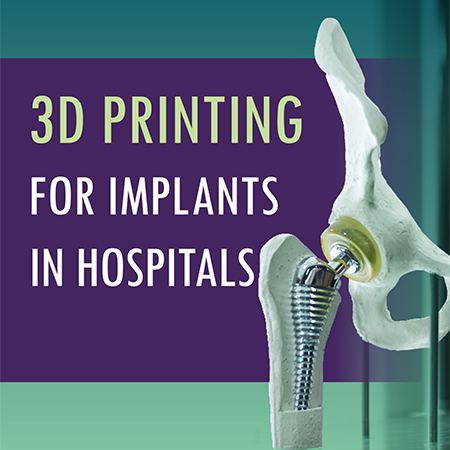
3D printing for implants in hospitals
3D printing is transforming implant production in hospitals, enabling personalised, precise solutions for bone reconstruction and surgery. From custom skull and jaw implants to advanced bioprinting, this technology enhances surgical outcomes and recovery. Despite regulatory and cost challenges, ongoing innovations are paving the way for wider adoption. Discover how 3D-printed implants are shaping the future of medical care.
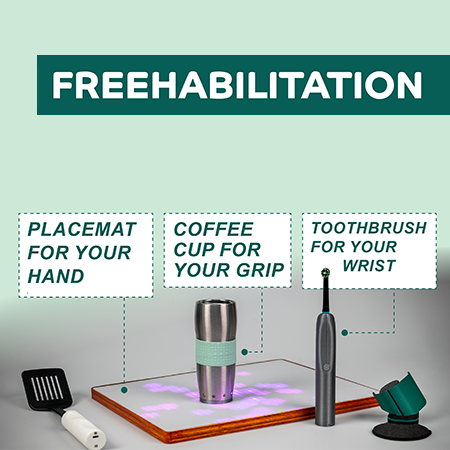
Freehabilitation: a new way to heal at home
Freehabilitation is transforming at-home physiotherapy by seamlessly incorporating rehabilitation into daily life. A multidisciplinary group of researchers at the University of Twente has developed smart household objects—like toothbrushes and coffee cups—that integrate rehabilitation exercises into daily routines. This approach makes therapy more engaging and effortless, helping stroke patients stay consistent in recovery while improving mobility at their homes.
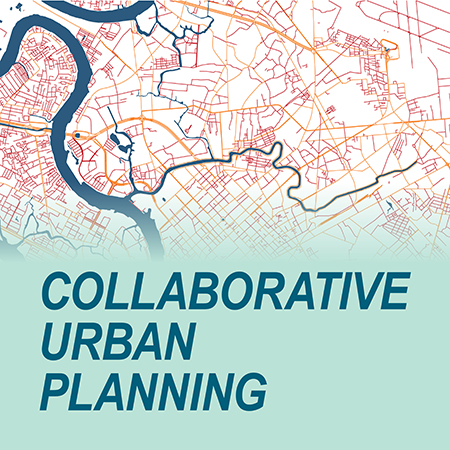
Participatory design of open-source technology
OGITO is an open-source, map-based tool co-designed with stakeholders to support collaborative urban planning, especially for noise pollution. Developed using Human-Centred Design and Agile methods, OGITO enhances usability and participation. Its interactive maptable interface facilitates data collection, visualization, and discussion among diverse users for improved decision-making in city planning.
